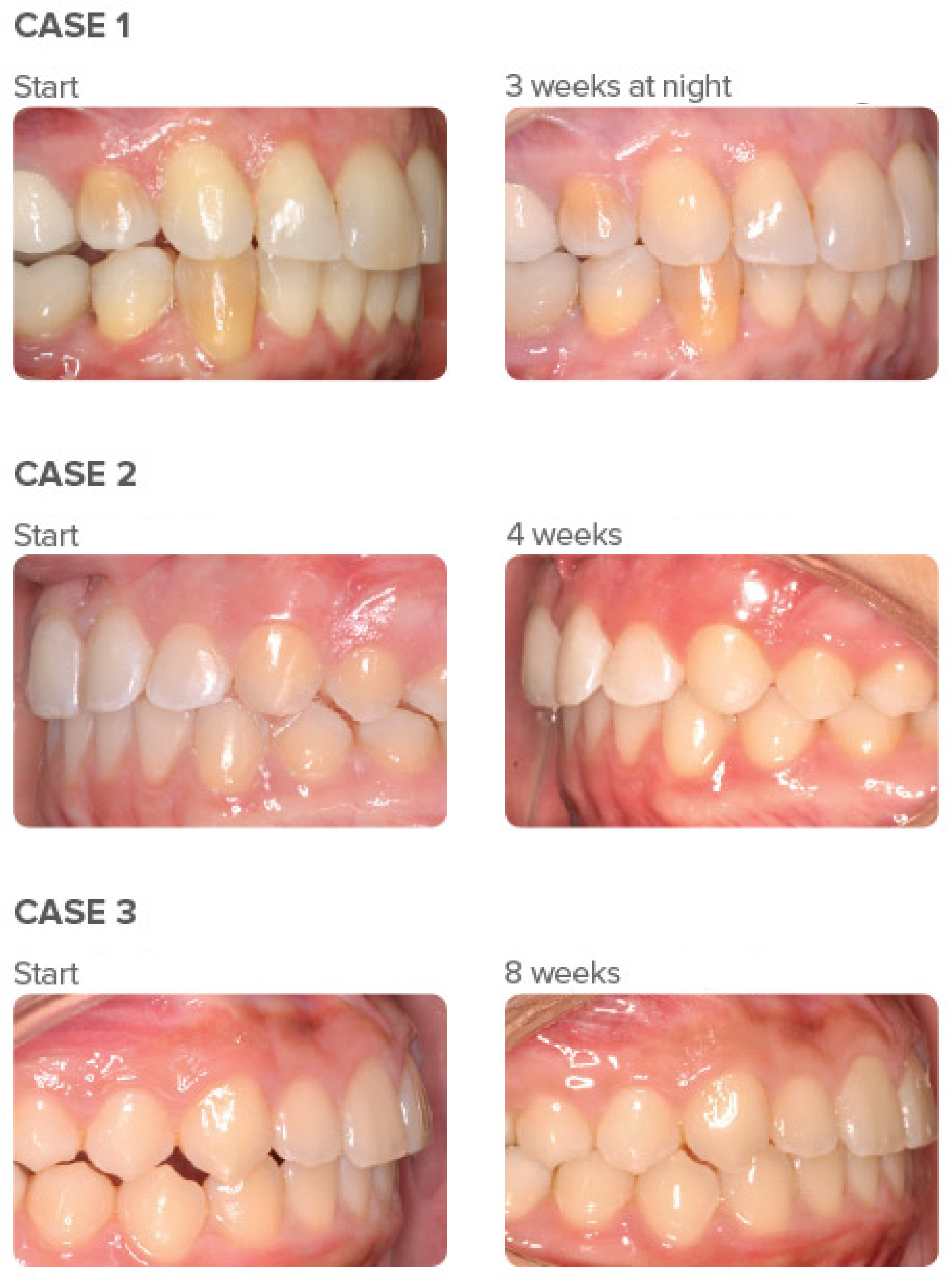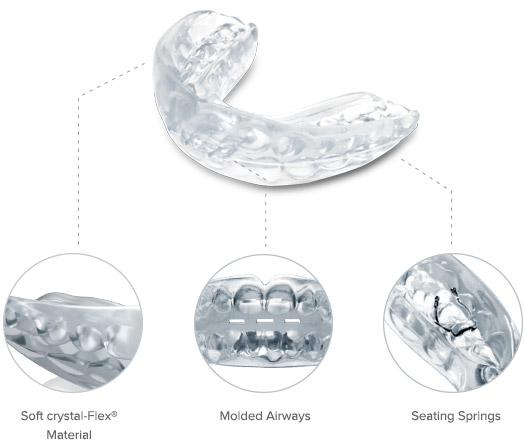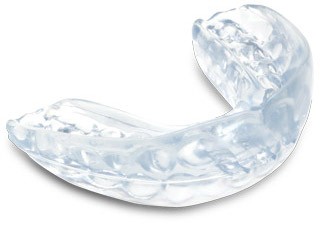Mini-Positioner
Overview
Achieve the perfect finish with every case
The Mini-Positioner is a single-appliance solution designed for the refinement stage of aligner therapy. With one Mini-Positioner you may transition your patients to part-time wear, refine without the need to order more trays and do something aligner trays alone cannot – promote an ideal occlusion in as little as three weeks.

Engineering
A proven technology
Based on the same proven1 principles of the Original Tooth Positioner invented by TPO® founder, Dr. H.D. Kesling, the Mini-Positioner was developed specifically for aligner treatment cases to provide a higher quality finish with fewer trays. With the Mini-Positioner:
Treat the occlusion
- Correct and relate teeth in both arches simultaneously
- Correct posterior open bite frequently seen in aligner patients
- Promote an ideal occlusion in as little as three weeks
Refine with precision
- Close slight spaces
- Correct minor rotations and buccolingual discrepancies
Real results
Prescribing a Mini-Positioner at the refinement stage can provide impressive results and a level of efficiency you may have not thought possible with aligner treatment. See results quickly without the need for elastics, auxiliaries or composite attachments.

Designed for comfort and compliance
The world’s smallest finishing appliance, the Mini-Positioner is made from soft crystal-Flex material with molded airways to create a positive wearing experience. To enhance patient acceptance, the Mini-Positioner comes in a variety of colors and may even be custom designed. Excite your patients with:
- Part-time wear – The Mini-Positioner achieves results with half the wear-time of aligner trays
- Less cost – Patients require fewer trays and doctors finish in less time than if using aligner trays alone
- Quick results – Compliant patients see results with a Mini-Positioner quicker than if refinement is done with additional aligner trays
1. Gregory J. Stock, James A. McNamara, Jr., and Tiziano Baccetti, “Efficacy of 2 finishing protocols in the quality of orthodontic treatment outcome,” AJO-DO, vol. 140, issue 5, pp. 688-695, Nov. 2011.

